In advance of this month’s IMO annual general meeting, Chair of the Organisation’s public health and community health committee, Dr Ann Hogan, outlines the vital role of community health doctors and the part they have played
in the response to the Covid-19 pandemic
As we prepare for the second virtual annual general meeting of the IMO in 12 months, I wanted to reflect on the role of community medical doctors over the last year and what to expect into the future. Doctors in community medicine play a vital part in a number of programmes and I hope that the pandemic has shown the importance of our role and importance to the health service.
Prior to the pandemic, community medical doctors’ main areas of work were in child health and school immunisations and we had been involved in the extension of the HPV vaccination programme to boys from September 2019. This was a significant extension of a vital public measure, and something which the IMO had been seeking for a number of years.
With the outbreak of the pandemic in March 2020, most of our normal work was suspended. Senior medical officers (SMOs) and area medical officers (AMOs) from community medical teams were re-deployed into Covid-19-related work in public health departments, occupational health departments, and in the development of Covid testing services and community assessment hubs.
Moving into the summer, we were able to provide some of our normal range of services and completed the 2019-2020 school vaccinations programme in large, centralised clinics instead of in the schools. It is a credit to all the medical, nursing and administrative staff members of the vaccination teams that, despite the closure of schools and challenges of the pandemic, we were able to complete these important programmes.
The winter of 2020 brought new challenges, with the re-opening of schools and an increase in Covid-19 cases leading to the need to maintain services, while having staff redeployed to vital public health functions. Many schools were unable to accommodate the school vaccination programmes due to the Covid-related measures introduced, including school halls and gyms being used as classrooms. Where possible, the school vaccination programme was delivered in schools, but many students were vaccinated at centralised clinics. We were able to deal with these challenges through engagement with principals in schools and through being flexible and creative in our approach.
Child health services have been significantly disrupted by the pandemic. Services were almost completely suspended during the first Covid wave and gradually reintroduced over the summer. However, the necessity for social distancing and other infection control measures has meant that numbers of children who can be seen at a clinic have reduced. There is, therefore, a significant number of children for whom important core child health checks or reviews at second tier clinics have been delayed and additional resources are required to deal with the catch up for these children.
With the approval of Covid-19 vaccines at the end of 2020, community medical doctors were required for the roll-out of vaccination to patients in nursing homes and long-stay facilities. Given the sad loss of life in these facilities in 2020 we were delighted to take up this and – again in conjunction with our nursing and administrative colleagues – were able to use the supplies available to vaccinate this cohort. It is heartening to see the benefit of this now being seen in these settings and I look forward to the vaccine programme having the same impact when it is fully rolled out in the wider population.
Looking to the future
In my role with the IMO, one of the longest-running and contentious issues has been the unfair treatment of AMOs by the HSE. This group of doctors work side-by-side with SMO colleagues performing the same role and continue to be discriminated against. They have been particularly to the fore in the response to Covid-19, both when redeployed and as essential members of the vaccination teams.
The IMO has referred this matter to the Workplace Relations Commission for conciliation and has had extensive engagement with the HSE and Department of Health in this forum. The recent public service agreement may offer a route to finally address this long-standing unfairness.
The other key priority as we hopefully emerge from Covid is the appropriate staffing and resourcing of our community medical teams. Prior to the pandemic, there were significant gaps in teams around the country. While there has been some temporary recruitment, there are still vacancies, and, with the significant catch-up that will be required, we need to enhance and support our service. I would conclude by thanking my colleagues for all their support during the year and for their massive contribution in response to the pandemic.
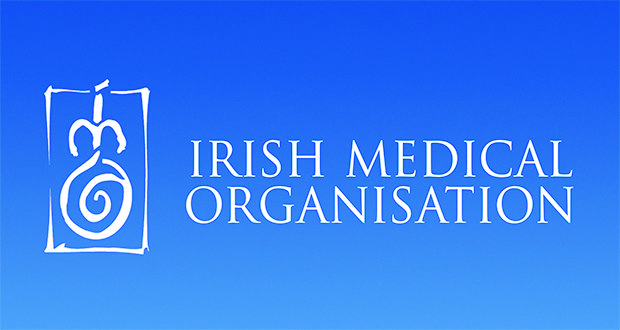
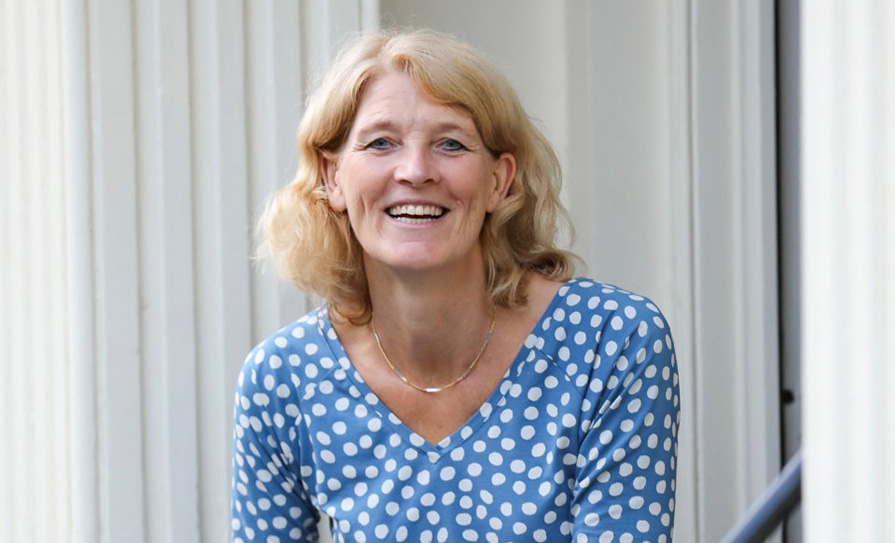

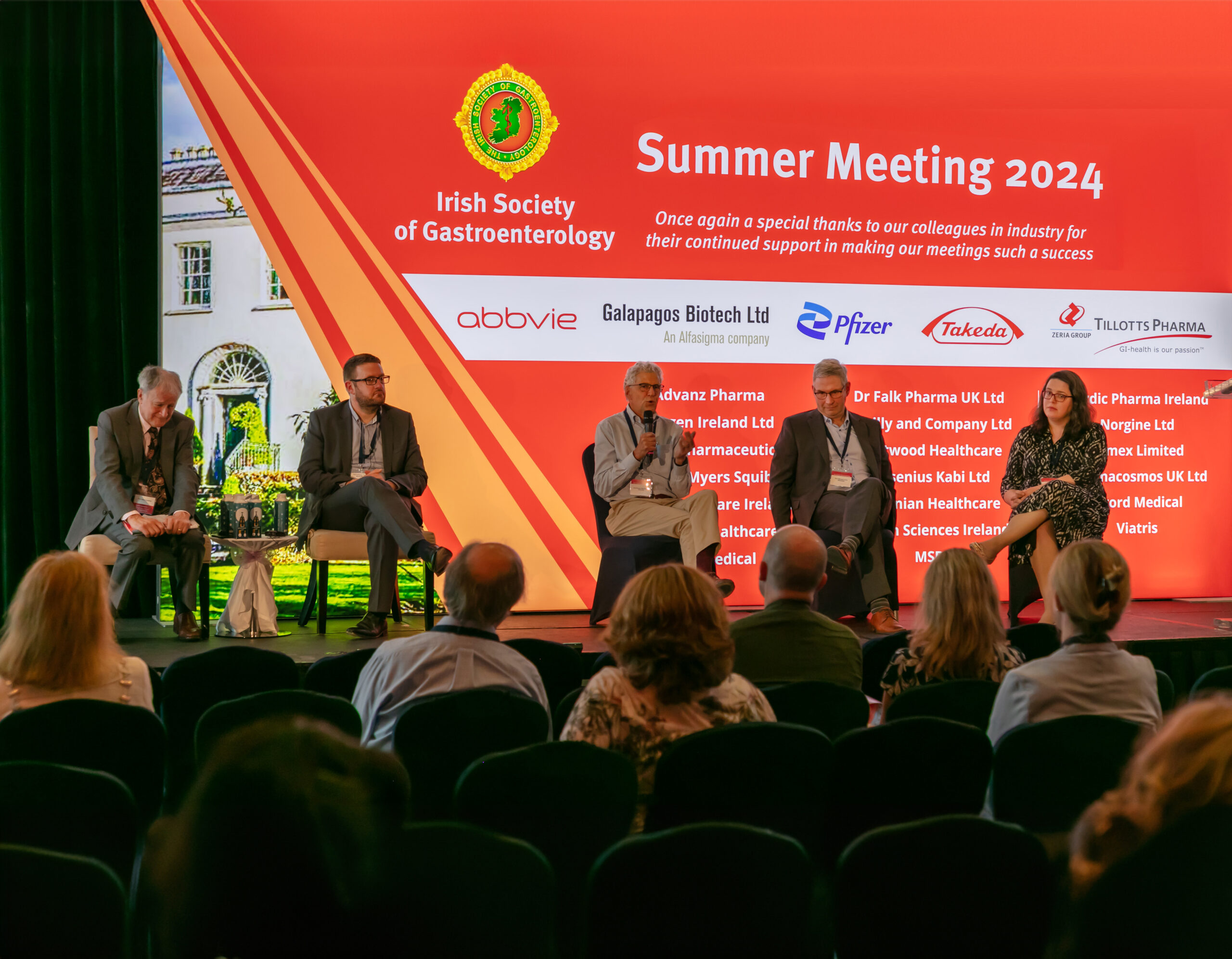
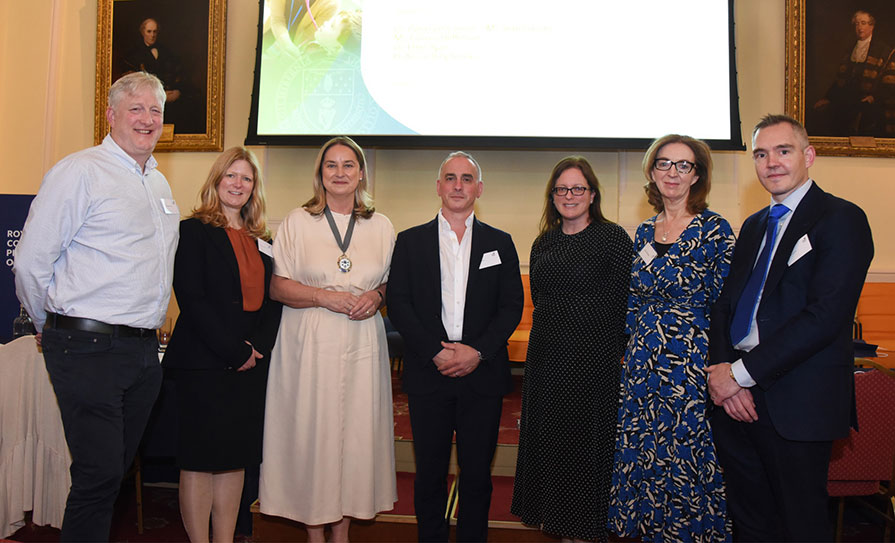
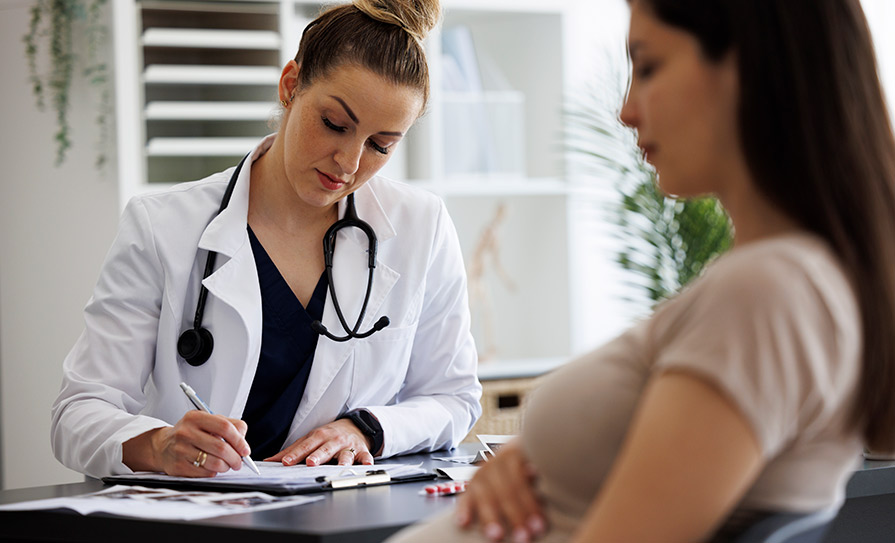

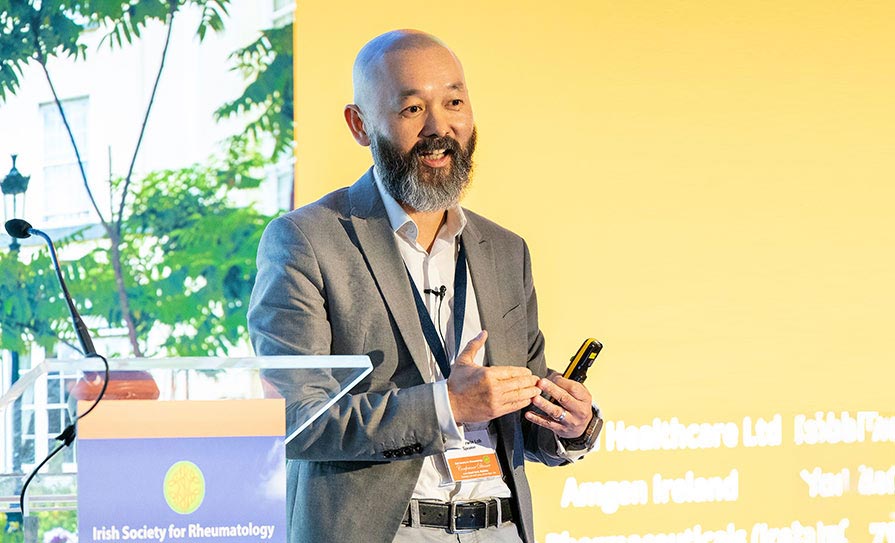





Leave a Reply
You must be logged in to post a comment.